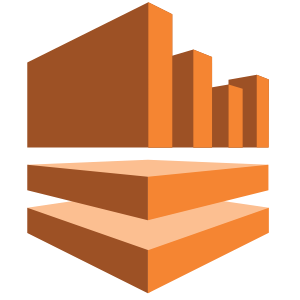Compare - Google Cloud Dataflow VS Apache Storm
Here’s the difference between Google Cloud Dataflow and Apache Storm. The comparison is based on pricing, deployment, business model, and other important factors.
About Google Cloud Dataflow
Google Cloud Dataflow is a cloud-based data processing service for both batch and real-time data streaming applications. It enables developers to set up processing pipelines for integrating, preparing and analyzing large data sets, such as those found in Web analytics or big data analytics applications. The Cloud Dataflow software expands on earlier Google parallel processing projects, including MapReduce, which originated at the company. Cloud Dataflow is designed to bring to entire analytics pipelines the style of fast parallel execution that MapReduce brought to a single type of computational sort for batch processing jobs.
About Apache Storm
Apache Storm is a free and open source distributed realtime computation system. Apache Storm makes it easy to reliably process unbounded streams of data, doing for realtime processing what Hadoop did for batch processing. Apache Storm is simple, can be used with any programming language, and is a lot of fun to use! Apache Storm has many use cases: realtime analytics, online machine learning, continuous computation, distributed RPC, ETL, and more. Apache Storm is fast: a benchmark clocked it at over a million tuples processed per second per node. It is scalable, fault-tolerant, guarantees your data will be processed, and is easy to set up and operate.
Comparison Table
| Overview | ||
|---|---|---|
| Categories | Data Streaming | Data Streaming |
| Stage | Late Stage | Late Stage |
| Target Segment | Enterprise, Mid size | Enterprise, Mid size |
| Deployment | SaaS | SaaS |
| Business Model | Commercial | Open Source |
| Pricing | Freemium | Freemium |
| Location | US | US |
| Companies using it | ||
| Contact info |
Add to compare

